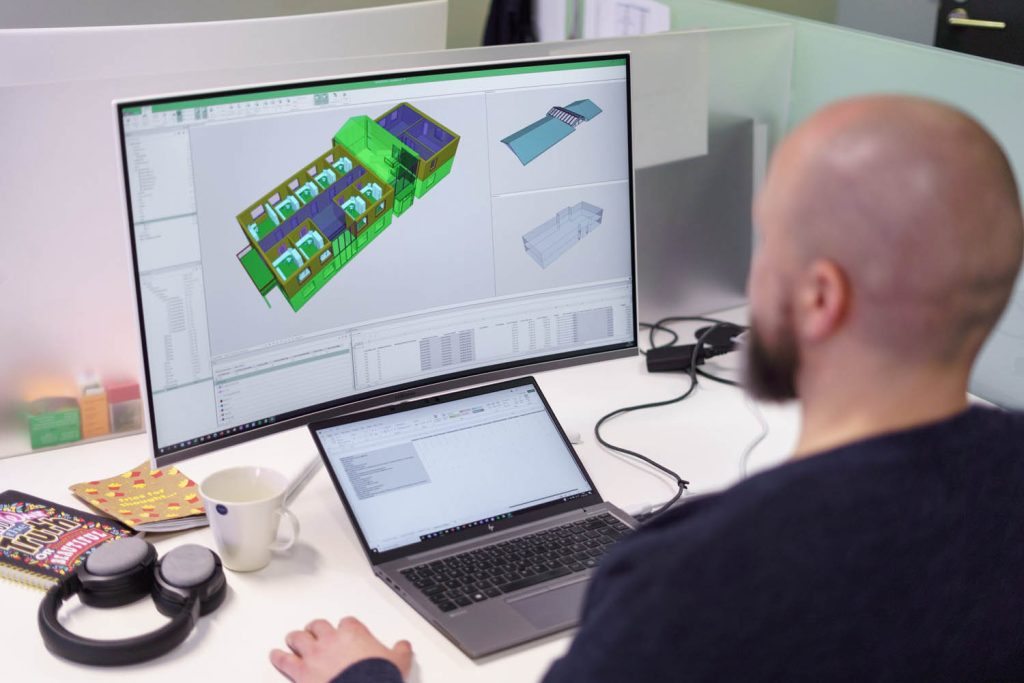New release designed to standardise and enrich BIM data in a centralised and automated way
Simplebim has released version 10 of its BIM data wrangling software which is used by construction firms, BIM managers, architects, and structural and design engineers.
According to the Finnish company, the latest release opens up new ways to use data in IFC files to enable better production planning and scheduling, cost estimation, procurement, tendering, monitoring, installation work and other downstream BIM data usage.
“Simplebim 10 will revolutionize BIM data wrangling,” said Simplebim’s co-founder, Sakari Lehtinen. “Once data is standardised and enriched in a centralised and automated way, it can be used by everyone in the construction chain for better decision-making.
“BIM data wrangling enables you to automatically connect your BIM data to other sources magnifying its power to make better decisions.”
With Simplebim 10 users can now derive objects and data from original models, automatically creating new derived objects based on quantities, object clashes, and existing geometry. Users can also use their own geometry to visualise, for example, space coverings, formwork, ducts, pipes, and electrical penetrations.
Customer data can also be used in production planning and scheduling, cost estimating, tendering, procurement, monitoring, and managing the interior works of a project. Data can be enriched to derive new properties, using formulas based on existing data, for example. Derived objects can then be exported to IFC for further use in any IFC supporting application.
The software has also been enhanced with tools to ‘colourise and visualise’ BIM models, making it easier to understand and read model data. This can be based on any data: object classes, object types, object groups, systems, classifications, containment, or building element properties of ‘any type’.
Simplebim 10 also includes new ways to calculate quantities, from any selected set of objects, for example, instead of being restricted by object classes.
Elsewhere, users can now write automation scripts – for example to batch process models and export the data automatically formatted, or to connect BIM data and Excel together to create Bimsheets to automate workflows.
Meanwhile, read AEC Magazine’s recent articles on Simplebim
Simplebim: Taking back control with IFC
Simplebim: working with structured data






